No products in the cart.
EARTH DAY: Tips for Going Green in Your Classroom and School
By encouraging students to become eco-conscious, teachers can help them develop a better sense of how their actions affect the environment and how they can reduce their carbon footprint. In this month’s Ilm o Amal, TRC staff looks at simple ways you can use to inculcate green habits in your students as they join hands with teachers to help your school go green.
With Earth Day (22 April) round the corner, it is the right time to start talking about eco-friendly practices and taking simple steps towards creating a green classroom. A classroom is one of the best places to start inculcating eco-friendly practices in children. You can help make your classroom and school more environmentally-friendly with the following simple and doable tips.
Cut Back on Paper
One of the most obvious places to start your school drive to become more eco-friendly is to cut back on paper consumption. 
In the classroom and generally around the school, try to avoid discarding paper after one use. Before you throw paper away, think about whether you can reuse the other side as scratch paper and save such paper in a box for class use.
Also, whenever you do group activities and projects in the classroom, save paper by using fewer handouts, encouraging children to share them.
Plant a Garden
If your school has the space, get students involved in growing a garden. This would be a hands-on activity and would be a great example of active learning. You can use the activity of growing plants to address the topic in your classroom. That way you will be teaching children in the best way possible and you will also be benefiting the planet at the same time. Students can start the school garden by examine the conditions, such as the soil and the sun before deciding on the garden location where they will plant flowers and vegetables.
Energy Efficiency
Do a collective evaluation with your students on how to use energy more effectively. To create a more environmentally-friendly classroom, try to pinpoint with your students where energy is used and where it may be getting wasted. For instance, if there is a lot of natural light in your classroom, do you really need to switch on the light? Do you leave the lights and fans on when everyone leaves the classroom? Collectively examine where energy is being wasted with your students and work on inculcating more energy efficient habits.
If your classroom has air conditioning, you can sometimes opt to turn it off and open the windows when the weather is pleasant.
Also help students create a rotating ‘Green Team’ that goes around the classroom (or the school) at the end of the day, switching off lights, shutting off computers and closing the water taps.
Go Out in Nature
Connecting with nature is necessary for a lot of children these days, especially those who spend far too much time engrossed in their gadgets and digital devices. Planning school field trips to a park or to a farm is a great way to introduce children to nature and helping them appreciate it.
Host a Recycling Challenge
After teaching your students about recyclable material, host a recycling challenge in which children collect as much recyclable material as they can in a month. At the end of the month, the material can be weighed and you can chart their progress.
Teach the children that recycling helps to conserve water, energy, landfill space, and trees. Eventually recycling helps 
When a group of students decides to go green, the impact goes far beyond the classroom and the school. Children are likely to carry these eco-friendly habits and what they learn about the environment with them for life, helping eco-consciousness spread and one day become the new normal.
April 2019


